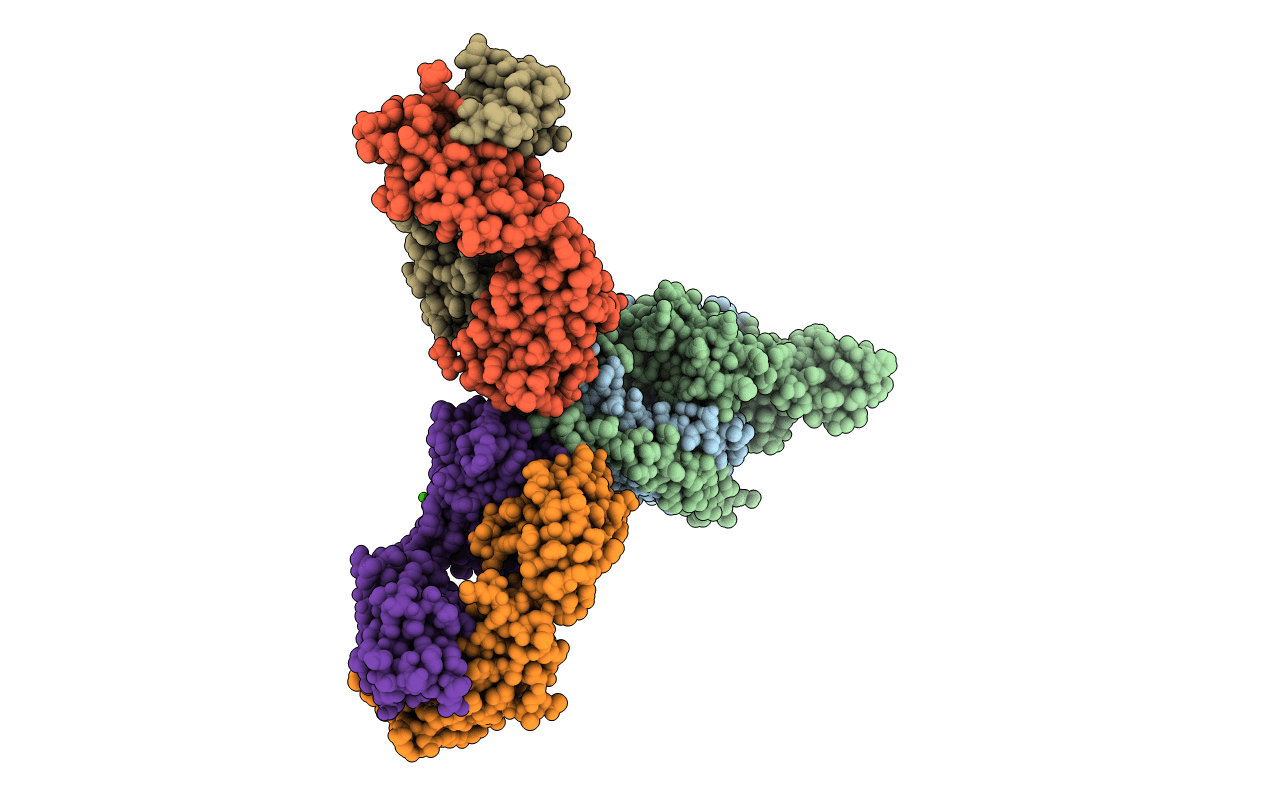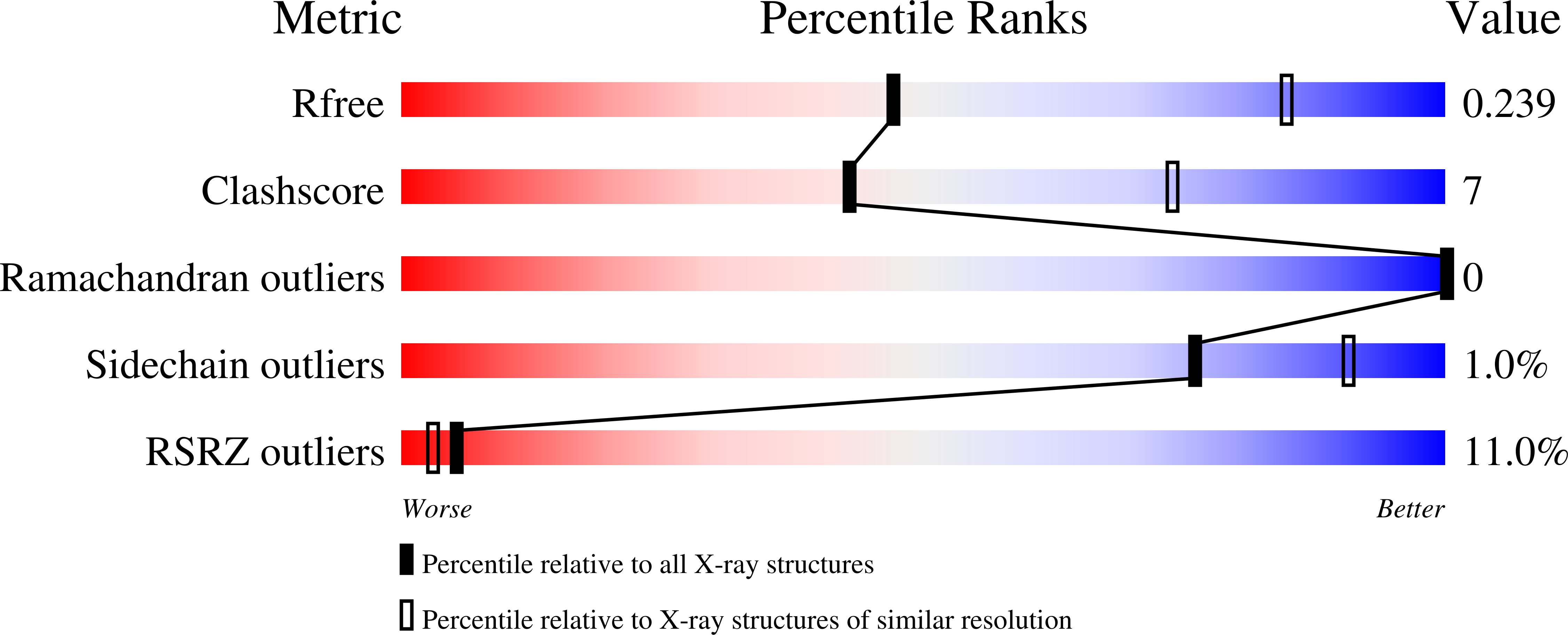
Deposition Date
2021-01-28
Release Date
2021-06-30
Last Version Date
2024-11-06
Entry Detail
PDB ID:
7LJB
Keywords:
Title:
Human TRAAK K+ channel mutant G158D in a K+ bound conductive conformation
Biological Source:
Source Organism:
Homo sapiens (Taxon ID: 9606)
Mus musculus (Taxon ID: 10090)
Mus musculus (Taxon ID: 10090)
Host Organism:
Method Details:
Experimental Method:
Resolution:
2.97 Å
R-Value Free:
0.24
R-Value Work:
0.19
R-Value Observed:
0.19
Space Group:
P 1 21 1


